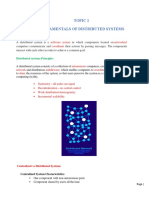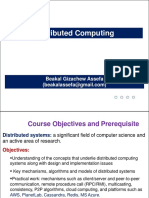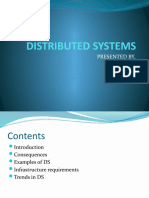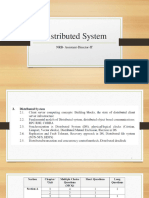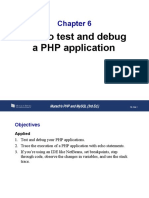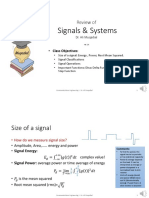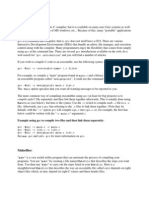0% found this document useful (0 votes)
19 views28 pagesDCS Intro
A distributed system is a collection of independent computers that appears as a single coherent system to users. Distributed systems are used to access distributed data and resources, enable resource sharing, and provide continuous availability and scalability. They aim to hide heterogeneity and internal workings through transparency while addressing security, performance, and management challenges through techniques like replication and load balancing.
Uploaded by
Rohan DesaiCopyright
© © All Rights Reserved
We take content rights seriously. If you suspect this is your content, claim it here.
Available Formats
Download as PDF, TXT or read online on Scribd
0% found this document useful (0 votes)
19 views28 pagesDCS Intro
A distributed system is a collection of independent computers that appears as a single coherent system to users. Distributed systems are used to access distributed data and resources, enable resource sharing, and provide continuous availability and scalability. They aim to hide heterogeneity and internal workings through transparency while addressing security, performance, and management challenges through techniques like replication and load balancing.
Uploaded by
Rohan DesaiCopyright
© © All Rights Reserved
We take content rights seriously. If you suspect this is your content, claim it here.
Available Formats
Download as PDF, TXT or read online on Scribd
/ 28

































